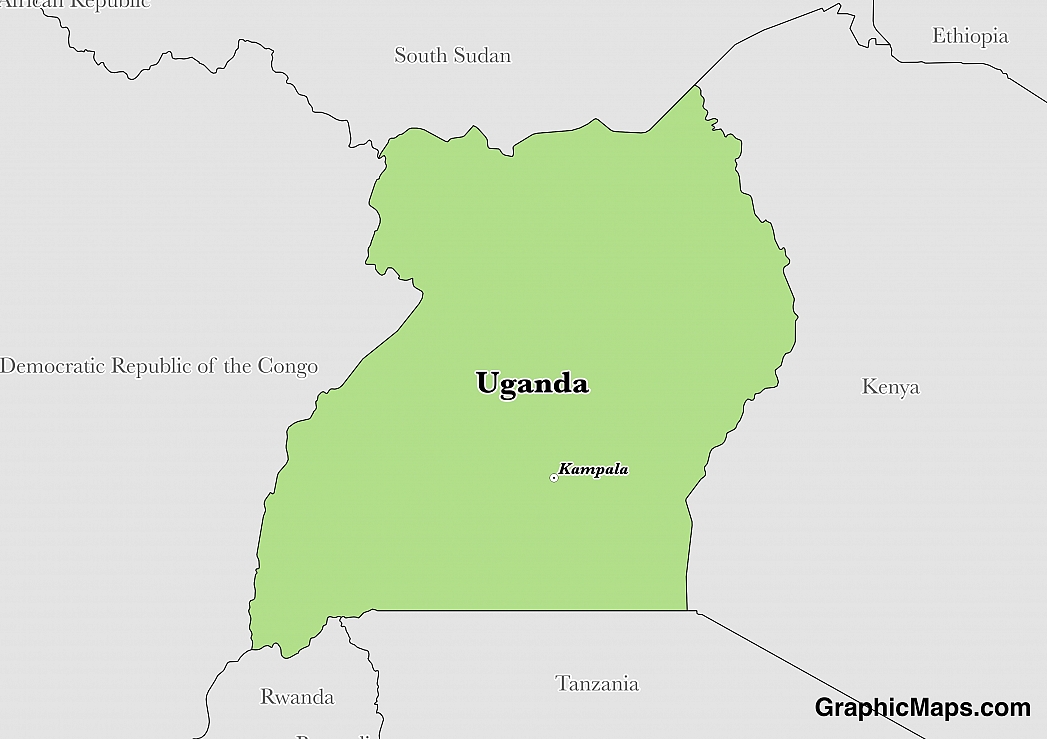The capital of Uganda is Kampala, which is located along the south central border of this country. Additionally, it is situated just 6.2 miles to the north of the Lake Victoria, considered one of the Great Lakes of Africa. This location gives the city easy access to Port Bell, an important import and export hub in Uganda. The oldest core of Kampala was built throughout 7 hills in the area. Today, however, its size has increased beyond these original hills. Kampala has a long history as the political administrative hub of the region and actually served as the capital of the Buganda Kingdom prior to British colonial rule. During the colonial era, the capital was moved to another city until 1962, when Uganda gained its independence.
The population of Kampala is estimated 1,507,080 individuals in the city proper, making it the largest city in Uganda. The metropolitan area, however, is believed to have a population size of over 2 million, most of these additional individuals in the Wakiso District. Kampala experienced significant population growth from 2002 to 2014, prompting its designation as the 13th fastest growing city in the world. The residents here represent a wide variety of local tribes and ethnicities.
As the capital of Uganda, Kampala is a relatively popular site for tourists visiting this country. This city offers a number of attractions and interesting sites, including: the Gaddafi National Mosque, the Ugandan National Theater, the Nommo art gallery, the Bahai Temple, and the Wamala tombs. In addition to these sites, tourists to this city can take part in several adventure-related sports as well. Some of the most popular of these activities occur in and around the Nile river. Everything from white water rafting to bungee jumping is available here. It is also the starting off point for gorilla safaris at Bwindi National Park.
Kampala is located in a tropical rainforest climatic zone, which means it experiences hot and wet weather. In fact, meteorologists report that Kampala only has 2 wet seasons, with no real dry season for relief. The wet seasons run from February to June and from August to December, with the former generating more rainfall. On an average annual basis, Kampala receives 49.77 inches of precipitation. Its hottest daily temperatures are in February and March when the average hits between 74.7° and 74.1° fahrenheit.
This page was last modified on May 1st, 2018
More on Graphicmaps

Published on 2019-11-06
What is a Trade Embargo?

Published on 2019-11-04
Which Two Countries Used to Have the Same Flag?

Published on 2019-09-16
What Is the Only Two-Sided State Flag?

Published on 2019-09-16
Which Country Flag Looks Like the Texas Flag?

Published on 2019-08-29
Flags That Resemble the US Flag

Published on 2019-08-20
